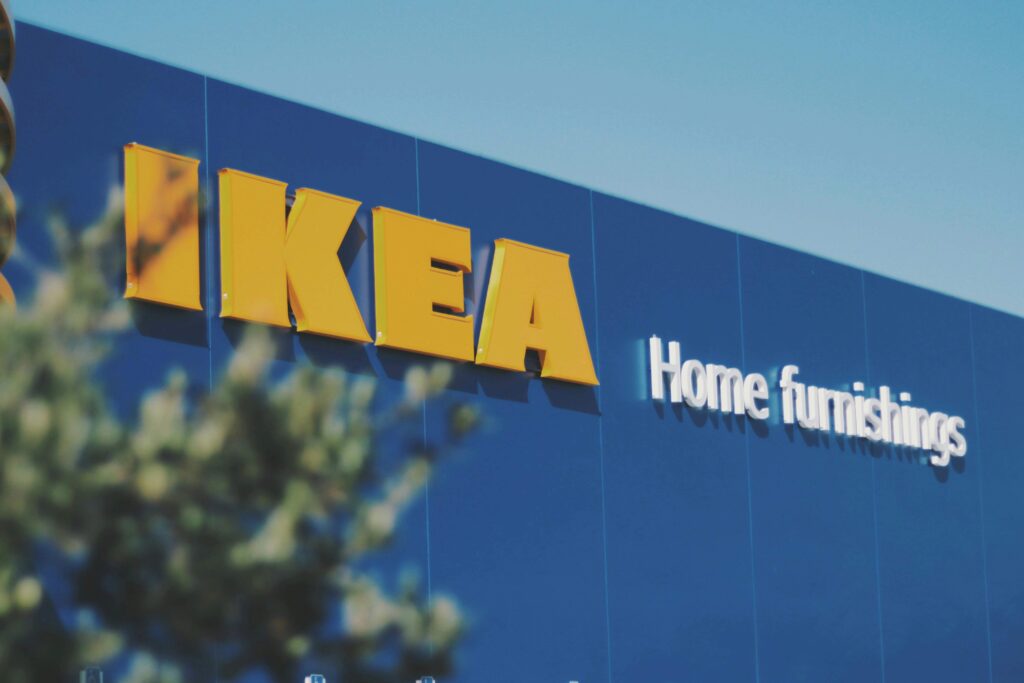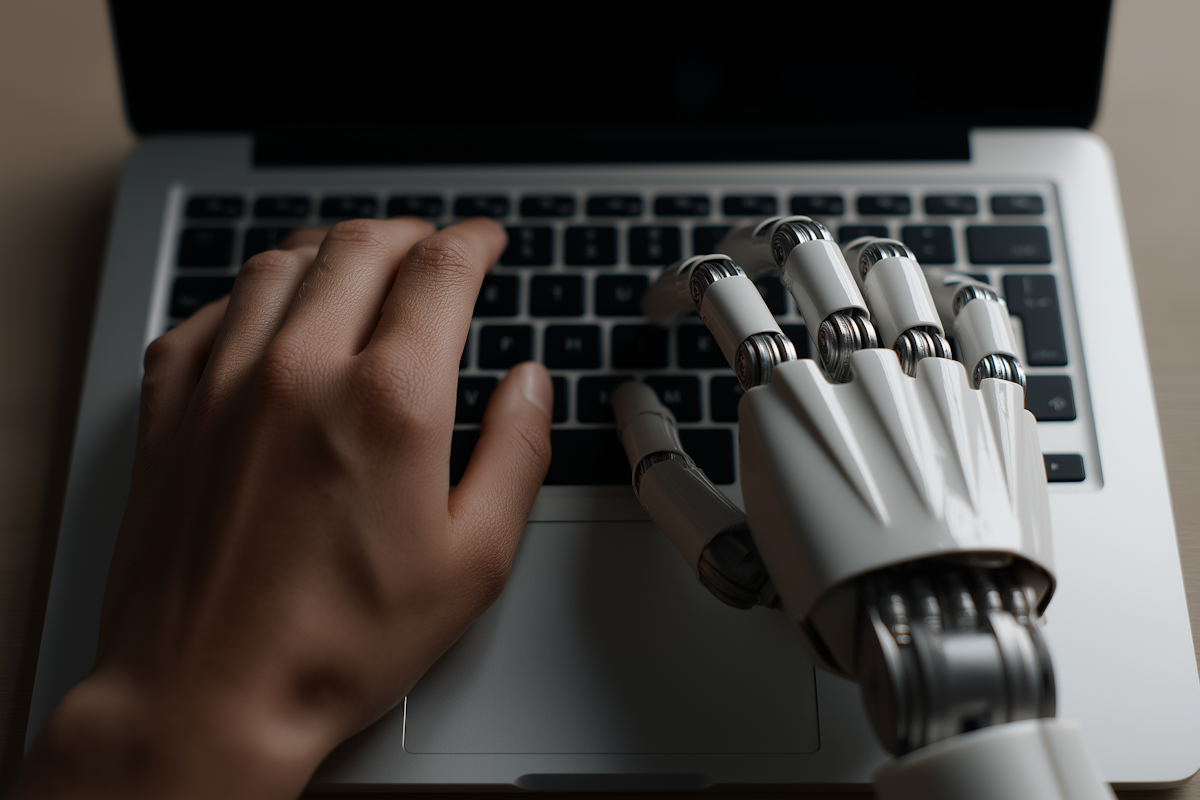Brands are not only just crossing borders — they’re crossing cultures, languages, and digital ecosystems. And in no market is this more critical than Germany — a country defined by precision, quality, and trust.

For decades, Germany has been a cornerstone of European branding. But as AI reshapes how businesses communicate, localization is no longer just about translating text — it’s about understanding values, tone, and data-driven personalization.
Welcome to the age of Brand AI, where algorithms and human creativity meet to redefine how global companies localize for the German market.
Why Localization in Germany Requires More Than Translation
Germany is one of Europe’s largest consumer markets, known for its strong purchasing power and digital maturity. Yet, it’s also one of the most culturally nuanced — where consumers value privacy, sustainability, and authenticity over flashy marketing.
That’s why many global brands learn that what works in the U.S. or Asia won’t necessarily resonate in Berlin or Munich. The German audience expects precision, transparency, and real value.
This is where Brand AI comes in. Artificial intelligence enables companies to understand regional preferences, tailor campaigns, and even adjust tone and emotion to local expectations.
In essence, AI transforms localization into personalization — moving from “one-size-fits-all” to “made-for-you.”
How AI Is Powering Modern Localization
The rise of AI-driven branding tools has completely reshaped how brands localize for Germany. AI systems can now analyze millions of social media posts, product reviews, and customer interactions to detect local sentiment patterns.
For example:
- Natural Language Processing (NLP) models detect tone preferences — whether German audiences prefer formality or humor.
- Predictive AI helps forecast consumer trends, such as interest in eco-friendly packaging or domestic sourcing.
- Machine translation powered by Brand AI doesn’t just translate text but adapts idioms, tone, and phrasing to sound authentically German.
In short, AI gives global brands local empathy.
The German Consumer Mindset in the AI Era
To succeed in Germany, brands must first understand what drives local consumers. AI-powered research consistently reveals three key insights:
- Trust and data protection are non-negotiable.
German consumers are among the most privacy-conscious in the world. Brands using AI must communicate clearly how data is collected and used. - Sustainability influences purchase decisions.
Eco-conscious branding is not a trend — it’s an expectation. AI helps brands analyze sustainability perceptions and shape their messaging accordingly. - Authenticity builds long-term loyalty.
Germans value brands that speak honestly, avoid overpromising, and deliver consistent quality. AI can help monitor tone and sentiment to ensure communications align with brand integrity.
Case Study 1: IKEA – Hyper-Local Storytelling with Brand AI
Swedish furniture giant IKEA has long been admired for its global branding, but its German adaptation is a masterclass in localization.
Germany is IKEA’s largest European market, and the brand has successfully blended AI-driven insights with local culture. Through Brand AI analytics, IKEA continuously monitors customer feedback and regional preferences — from color palettes to room sizes.
AI revealed, for example, that German consumers prioritize functionality, storage efficiency, and sustainability more than any other European market. IKEA responded by spotlighting modular furniture and eco-materials in its German campaigns.
But it doesn’t stop there. The company’s AI chatbots now communicate in colloquial German, providing customer support that feels personal, not automated. Voice tone and phrasing were trained on real customer interactions to sound empathetic and regionally appropriate.
The result? IKEA’s German marketing feels local, yet unmistakably IKEA.
Case Study 2: Coca-Cola – Personalized AI Campaigns That Speak the Local Language
Coca-Cola’s branding has always been about emotion, but in Germany, emotional connection requires cultural precision.
Using AI-driven localization tools, Coca-Cola launched hyper-personalized digital campaigns tailored to regional dialects, names, and holidays. The “Share a Coke” campaign in Germany didn’t just feature common names — it featured names popular in specific German regions, identified through AI-based demographic data.
Coca-Cola also used predictive AI models to analyze consumer moods across social media. This helped the brand release uplifting and relevant content during challenging times, such as regional lockdowns or social events.
The company’s AI systems continue to track how Germans respond to different emotional triggers — joy, nostalgia, community — and adjust marketing narratives accordingly.
Through Brand AI, Coca-Cola mastered emotional localization, turning data into storytelling.
Case Study 3: Netflix – Predictive Localization through Brand AI
Another standout performer is Netflix, which has mastered localization for the German market using AI-based predictive algorithms.
Netflix uses Brand AI to analyze viewer data and predict content preferences in specific German regions. This informs not only what shows get promoted but also how they’re marketed — from visual design to tone of subtitles and trailers.
In Germany, this led Netflix to highlight locally relevant shows such as Dark and 1899, blending global storytelling with German production and cultural nuances.
AI also helps Netflix fine-tune its recommendation algorithms based on German viewing habits — for example, a higher preference for historical dramas and crime thrillers.
By doing so, Netflix’s branding feels effortlessly local — even though it’s part of a global streaming powerhouse.
How Global Brands Can Succeed in Germany Using Brand AI
Here are five AI-powered localization strategies that every global brand can adopt to succeed in Germany:
- Use AI for real-time cultural listening.
Leverage sentiment analysis and keyword tracking tools to stay in tune with public opinion and adapt communication accordingly. - Build multilingual brand voices with contextual AI.
Don’t rely on raw translation — train AI models on local language nuances, humor, and politeness levels. - Personalize without invading privacy.
Use anonymized AI data models that respect German privacy laws (GDPR) while still providing personalized experiences. - Highlight sustainability through data transparency.
Use AI to map and share sustainability metrics in supply chains — a growing trust factor among German consumers. - Test and iterate branding campaigns quickly.
AI tools can A/B test visuals, slogans, and tones before large-scale rollout — ensuring campaigns feel authentically German before launch.
Balancing Global Identity with Local Relevance
The power of AI in branding lies in its ability to maintain global consistency while adapting to local expectations. In Germany, this means balancing precision with empathy, technology with transparency.
Global brands that succeed here don’t just translate — they transform. They use Brand AI to listen, learn, and localize continuously.
As AI systems become more advanced, they’ll go beyond language — understanding values, ethics, and emotional cues that define cultural identity.
For brands entering or expanding in Germany, the future of localization isn’t about automation. It’s about augmentation — empowering teams to be more creative, data-informed, and culturally intelligent.
In short, Brand AI doesn’t replace local understanding — it enhances it.
The Future of Branding in Germany Is Human-AI Collaboration
The most successful global brands in Germany today — from IKEA to BMW to Netflix — all share one secret: they merge AI efficiency with human authenticity.
They treat AI as a cultural compass, not a replacement for local teams.
They use Brand AI to measure, predict, and adapt — but they rely on human insight to tell stories that resonate.
As the German market continues to evolve, brands that blend data and emotion, automation and artistry, will be the ones that thrive.
The future of localization is not just multilingual — it’s multi-emotional, multi-intelligent, and AI-powered.


